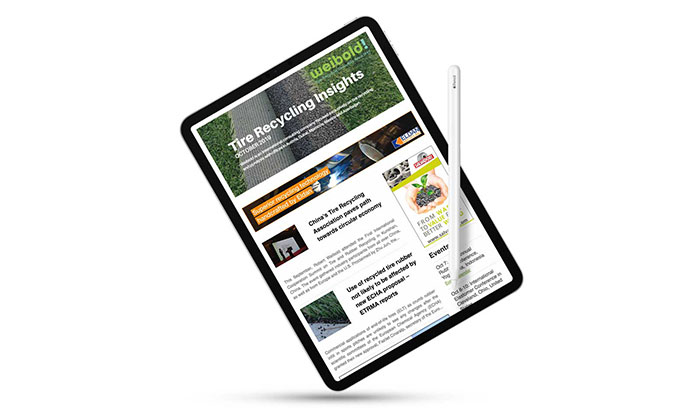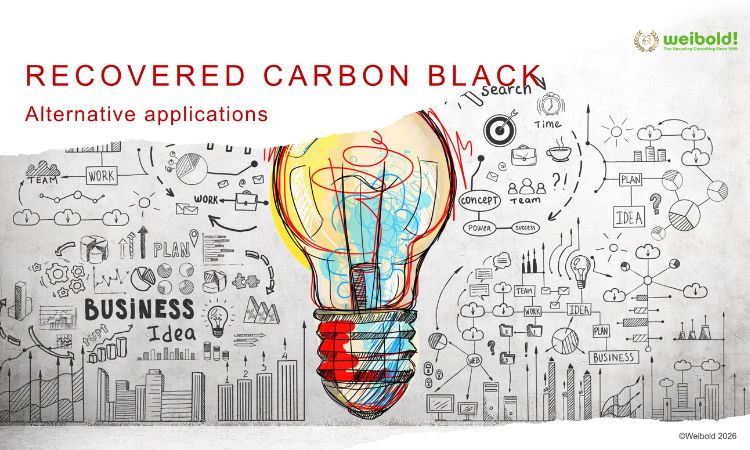Tire recycling is gaining remarkable traction in the EU
The European Rubber Journal (ERJ) reports that tire recycling is gaining a "remarkable traction" in the EU. Max Craipeau, the leader of the BIR says that tires and rubber have quickly developed into "one of the most dynamic divisions of the recycling business."
According to Max Craipeau, who is also a head of Greencore Resources Ltd. in Hong Kong, the demand for recycled rubber is expected to grow five times in Europe over the next 25 years. Tires and rubber, often considered to be the "poor relation" of recycling, have suddenly emerged as "one of the most dynamic parts of the recycling industry," Craipeau stated at a meeting of the Bureau of International Recycling's (BIR) tires & rubber committee on May 31.
The committee chairman forecast a five-fold increase in the current expected demand for recycled rubber of 200,000 tonnes per year over the next 25 years, claiming that the industry was getting "extraordinary traction."
Sonia Megert, a guest speaker from Tyre Recycling Solutions SA in Switzerland, mentioned forecasts for a compound annual growth rate of more than 10% for the global recycled rubber market between 2020 and 2028. Megert claims that recycled content is "still quite restricted" in tires but that new technologies have the ability to dramatically improve input proportions.
For instance, she claimed that tire treads may have a recycled percentage of 10-15% rather than the existing maximum of 5%.
The ERJ also quoted Robert Weibold, tire recycling and pyrolysis consultant from Austria, saying that numerous investors and well-known companies were now "getting into the game." This is due to high-volume solutions' perceived technological readiness to supply raw materials generated responsibly.
Importantly, because consumers were now willing to pay much more for tires made responsibly, the economics of recycling systems had changed.
Martin von Wolfersdorff, a specialist in rubber recycling and recovered carbon black (RCB), who moderated the debates alongside Craipeau, described the process as "a transformation from a push to a pull."
He asserted that while in the past businesses had difficulty introducing recycled items into a cutthroat market, demand now favored them since end users wanted to increase their sustainability credentials.
To read the full article by the ERJ, please press here.
Weibold is an international consulting company specializing exclusively in end-of-life tire recycling and pyrolysis. Since 1999, we have helped companies grow and build profitable businesses.









